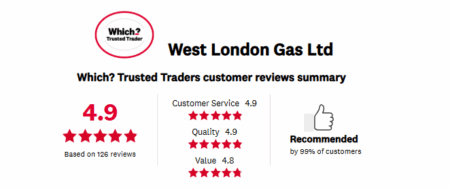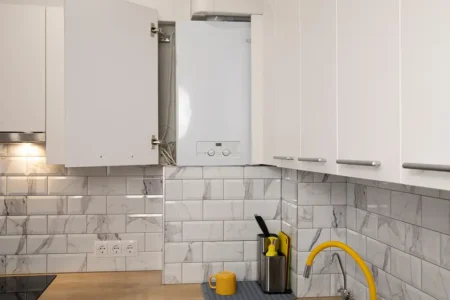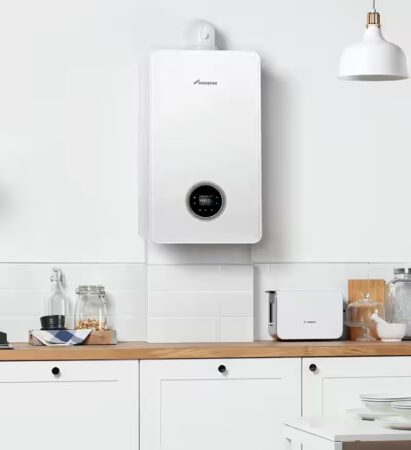Many homes in the UK use hot water tanks – also known as hot water cylinders – to enjoy central heating and hot water if the property has a central heating system, open vent boiler, or heat pump. Although they are quite prevalent, they are often overlooked as background appliances. This can lead to serious issues if they stop working, as you’ll struggle to diagnose problems effectively. In this article, we’ll explore how a hot water tank works, the benefits it offers, and more.
The Basics of a Hot Water Tank
A hot water tank is an important component in many UK homes, especially those with conventional or system boilers for central heating. These tanks store and heat water, making it available on demand for bathing, cleaning, and heating without needing an immediate heating element. This utility makes hot water tanks an incredibly popular central heating option for many different types of properties.Types of Hot Water Tanks
There are two primary types of hot water tanks: vented and unvented. Each type has unique features and use cases:- Vented Hot Water Tanks: The traditional type, which relies on gravity to move hot water from the tank into the pipes. They require a cold water storage tank, usually placed in the loft, which feeds water down to the cylinder by gravity.
- Unvented Hot Water Tanks: These operate under pressure supplied directly from the mains, offering greater flexibility in placement as they do not require a cold water tank. These systems can provide better water pressure and flow rates throughout the home.
How Does a Hot Water Tank Heat Water?
The heating process in a hot water tank ensures a consistent supply of hot water. Understanding how the tank heats water can help homeowners manage their systems efficiently and make informed decisions regarding maintenance and upgrades.Direct and Indirect Heating Systems
Hot water tanks primarily use two heating methods: direct and indirect. Each method suits different types of heating systems and household needs.- Direct Heating Systems: In direct systems, electric heating elements, similar to those in an electric kettle, are submerged in the water within the tank. These elements heat the water directly, controlled by thermostats to maintain a set temperature. This method is independent of home heating systems and is commonly used in homes without central heating.
- Indirect Heating Systems: Most homes with central heating use indirect heating. The system employs a heat exchanger (usually a coil of pipe) running through the tank. Hot water from the boiler circulates through this coil, transferring heat to the water in the tank, which is efficient as it uses energy already expended for home heating.
Integration with Renewable Energy
Besides traditional heating methods, hot water tanks can also integrate with renewable energy sources to enhance efficiency and sustainability:- Solar Heating: Many tanks are compatible with solar thermal systems, which collect solar energy to heat water stored in the tank. On days with insufficient solar radiation, the system can automatically switch to the boiler or electric elements.
- Heat Pumps: Heat pump systems extract heat from the air or ground, transferring it to the water in the tank. This highly efficient method is particularly suitable for well-insulated homes.








